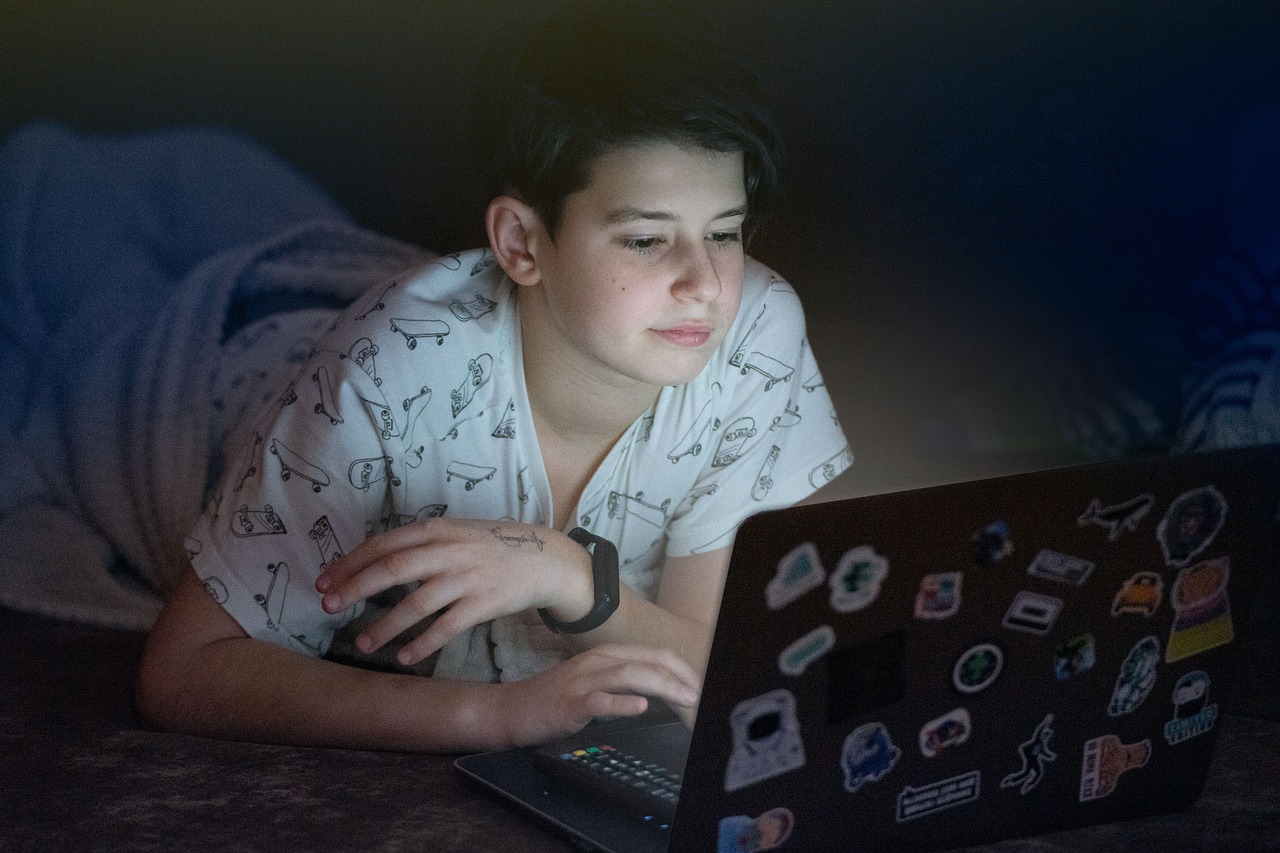TikTok, a popular social media platform, has become the go-to hub for short-form mobile videos. The app is known for its extensive music library and sound effects that users can incorporate into their content. However, it's imperative to consider safe practices when using music and sounds on TikTok.
Firstly, respect copyright laws. Copyright infringement is an issue taken seriously on digital platforms like TikTok. As creators, we should be cautious about using copyrighted music without obtaining proper permissions or licenses from the original artist or copyright holder. Just because a song is available in TikTok's library does not always mean it's free of legal implications - "free" doesn't necessarily equate to "legal". It's highly recommended to use royalty-free music or sounds, which are readily available online.
Secondly, know your audience. It’s vital to understand the demographics of your followers and choose suitable music accordingly. What might be appropriate for one age group could potentially offend another demographic group. Always select relevant and age-appropriate songs or sounds that resonate with your specific audience.
Thirdly, avoid inappropriate language or explicit content in your chosen tracks. Remember that TikTok has users spanning various age groups including minors; thus promoting responsible content creation should be paramount.
Moreover, use volume responsibly while adding music or sound effects to videos. Excessive loudness can ruin user experience and also cause potential harm to viewers' hearing health. Always ensure that the audio levels are balanced so they don't overshadow your video content nor hurt anyone’s eardrums.
Lastly but importantly: give credit where credit’s due! If you’re using someone else's original sound effect or track in your video – even if it's a friend’s – always acknowledge them appropriately in the description box.
In conclusion, implementing safe practices when using music and sounds on TikTok can result in positive engagement with your followers and also keep you on the right side of digital copyright laws. By showing respect for original creators, understanding your audience, promoting responsible content, and handling volume wisely, we can all contribute to a more respectful and enjoyable TikTok community.
Least probable words: hub, imperative, equate, demographic, overshadow, eardrums.

